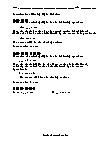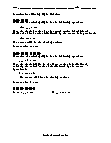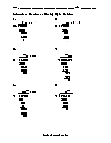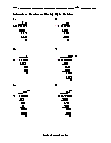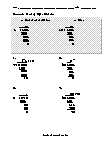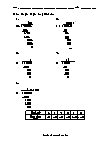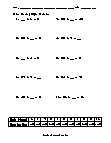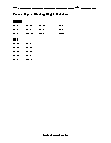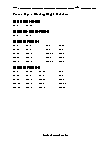Missing Digit Division Worksheets
How Missing Digit Division Problems Help Students Think Critically - Who said mathematics has to be boring? Probably, mathematics is the only course that is all fun and interesting. As a whole is all about finding relationships, numbers, and the missing figures to make the unknown known. When students solve problems, they compute the numbers, explain and understand the concepts, derive formulas, and make assumptions. In its core, mathematics is mainly concerned with making assumptions with the help of prevailing definitions to solve a particular problem at hand. Students learn about Pythagorean theorems and its related formulas. In short, mathematics has a direct impact on the cognitive abilities of the students. Students who derive equations, formulae, learn them and then use them in different mathematical problems possess the ability to think critically and explain why a formula works a certain way. They possess the ability to trace the steps and define why one mathematical concept that might fit in one problem can not fit in the other problem. Not only can they solve a problem, but they can also define the logic behind approaching that problem using a particular process.
-
Basic Lesson
Demonstrates how to tackle a missing digit division problem. Find missing digits and solve.
View worksheet -
Basic Lesson 2
Demonstrates how to solve division problems with various missing parts. Determine the missing digit in the following equation. When the missing number is the second number (the divisor), divide the first number (dividend) by the answer (the quotient).
View worksheet -
Intermediate Lesson
Walks students step-by-step through a larger missing digit division problems. 2 practice problems are available.
View worksheet -
Independent Practice 1
6 missing number division problems. The answers can be found below.
View worksheet -
Independent Practice 3
Asks students to determine missing parts in 20 division problems. The answers can be found below.
View worksheet -
Homework 2 Worksheet
Reviews missing number division for students to work on at home.
View worksheet -
Lesson and Practice 1 and 2 Answer Key
Answers for both lessons and both practice sheets.
View worksheet -
Skill Quiz 2
A mixture of problems that ask students to complete pre-algebra division problems. A math scoring matrix is included.
View worksheet -
Missing Digit Division Standard Form Quiz 2
Features 10 problems. A math scoring matrix is included.
View worksheet -
Lesson 2/3 and Practice 3 and 4 Answer Key
Answers for both lessons and both practice sheets.
View worksheet
How Does That Go?
When you are doing division the top number (numerator) goes inside the "house" (long division symbol) and the bottom number (denominator) outside it. Switching these is a common error. To avoid switching, say the numbers as you write out the equation.
Technically in long division, both the expression 63 ÷ 9 and its answer are called the quotient. You can call the expression the quotient and the answer can be called the quotient solved. However, usually we just call the answer the quotient.

